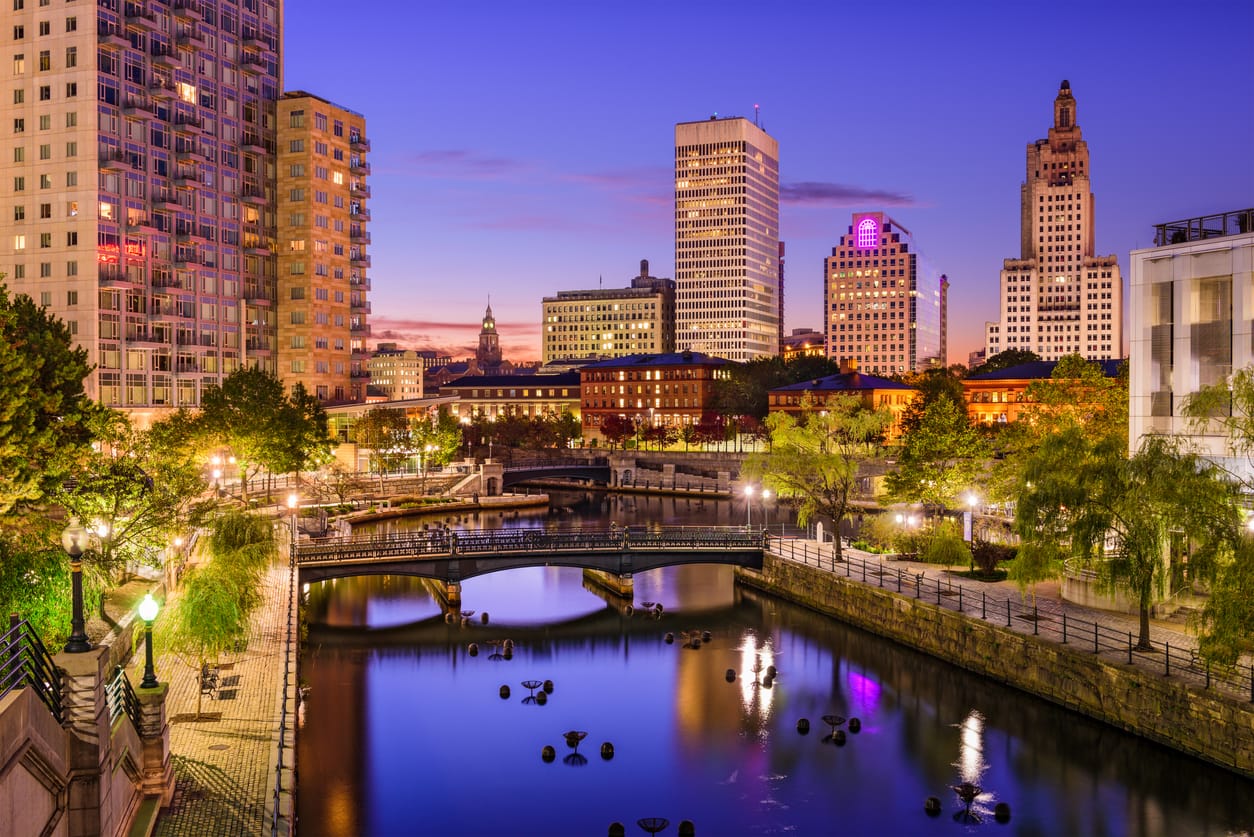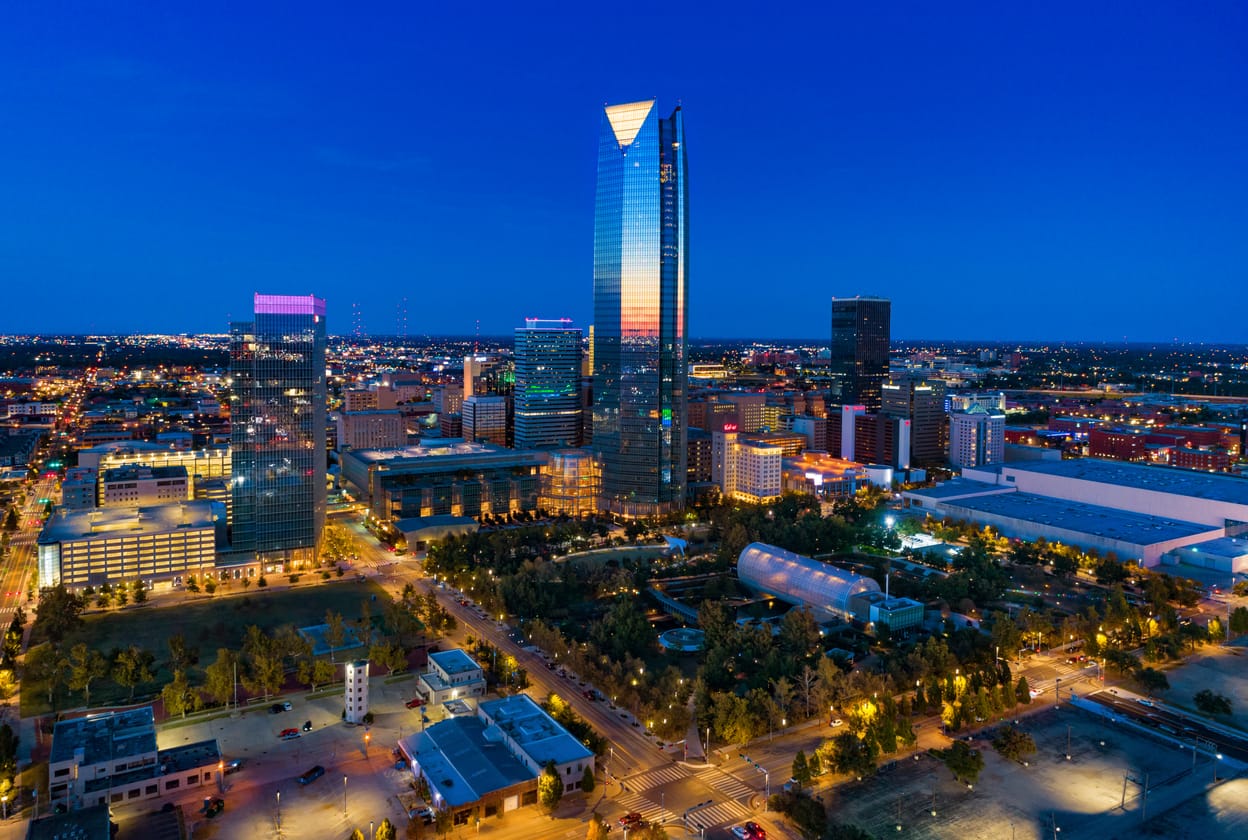Shipping from the State of Rhode Island to Oklahoma
Rhode Island, measuring only about 48 miles long and 37 miles wide, is the smallest of the U.S. states. Despite its small area, Rhode Island, known as the “Ocean State,” boasts over 400 miles of coastline. Rhode Island was founded by Roger Williams in 1636, who had been banished from the Massachusetts colony for his advocacy of religious tolerance and the separation of church and state.

During the colonial period, Newport was a major hub for shipping and trade, and in the 19th century, Rhode Island was at the forefront of the Industrial Revolution and the establishment of power-driven textile mills. Rhode Island hosted the first National Lawn Tennis Championship in 1899 and is home to the Tennis Hall of Fame. Famous Rhode Islanders include novelists Cormac MacCarthy and Jhumpa Lahiri, actor James Woods, television personality Meredith Vieira and Civil War U.S. Army officer Ambrose Burnside.
Shipping to the State of Rhode Island to Oklahoma
The land that today composes Oklahoma was added to the USA as part of the Louisiana Purchase of 1803. Throughout the 19th century, the U.S. government relocated Indian tribes from the southeastern United States to the area, and by 1900, over 30 Indian tribes had been transferred to what was originally called the Indian Territories. At the same time, ranchers in Texas started to relocate into the area searching for new pasture lands, as well as the government at some point opened the land to settlement, creating “land runs” in which inhabitants were enabled to go across the border at a specific hr to insurance claim homesteads.

Settlers that broke the law as well as crossed the boundary faster than enabled were called “Sooners,” which ultimately came to be the state’s nickname. Oklahoma ended up being the 46th state in 1907, complying with numerous acts that incorporated an increasing number of Indian tribal lands into the UNITED STATE area. After its inclusion in the union, Oklahoma ended up being a center for oil manufacturing, with much of the state’s early development coming from that industry. Throughout the 1930s, Oklahoma experienced droughts as well as high winds, ruining numerous ranches and developing the well-known dust bowl of the Great Clinical depression era.
